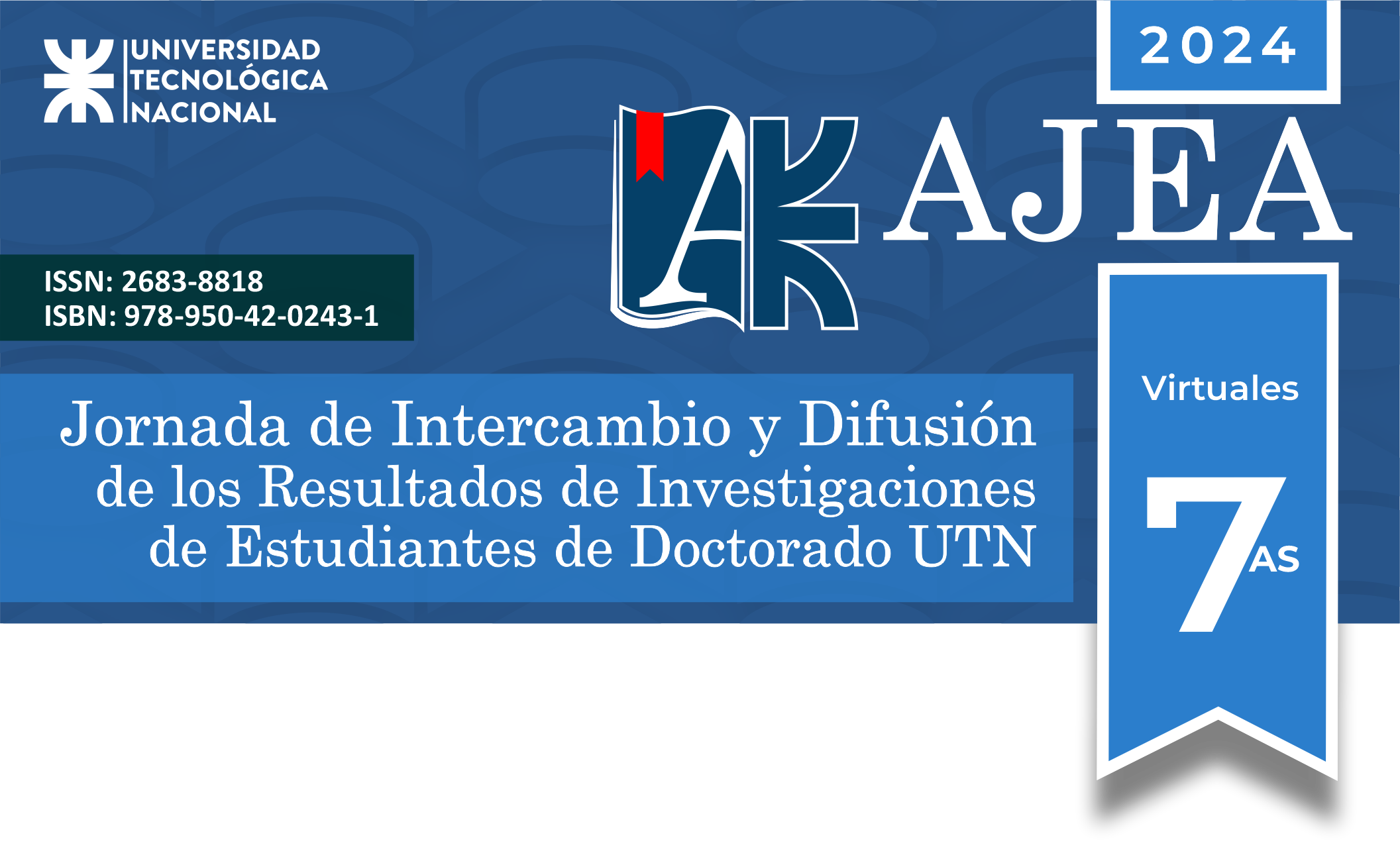Identification of Key Spectral Bands in Hyperspectral Images for Aflatoxin Detection in Peanuts
DOI:
https://doi.org/10.33414/ajea.1730.2024Keywords:
aflatoxins, hyperspectral imaging, peanuts, Support Vector MachineAbstract
Aflatoxins are mycotoxins produced by certain fungi in foods and agricultural products, such as peanuts, especially under warm and humid conditions. Of the 20 aflatoxins that have been identified, the most relevant and toxic are B1, B2, G1, and G2, with B1 being the most dangerous and associated with aflatoxicosis in humans and animals. Climate change affects the production of these toxins by altering the environmental conditions that favor the growth of the toxin-producing fungi. Aflatoxins have ultraviolet fluorescence and surface distribution, which facilitates their detection through hyperspectral imaging (HSI) analysis. This non-invasive technique allows for a comprehensive assessment of product quality by capturing spectral data across many narrow bands, creating hypercubes with detailed information on chemical composition and physical characteristics. Despite its advantages, HSI faces challenges such as high cost, data complexity, and limitations in resolution and capture speed.
This study focuses on identifying the most relevant wavelengths for detecting aflatoxins in hyperspectral images of peanuts. Among 15 peanuts, 5 were uncontaminated, 5 were superficially contaminated with 2 µl of a 0.001 µg/µl aflatoxin B1 standard solution in methanol, and 5 were contaminated with 4 µl of aflatoxin mix in acetonitrile. Hyperspectral images were taken at 194 wavelengths in the range of 500 to 700 nm. The samples were preprocessed and classified using Support Vector Machine (SVM), with the overall model accuracy being 97.98%. For the classification of aflatoxin B1, wavelengths above 640.14 nm were selected. The overall accuracy value stabilizes from 104 variables (overall accuracy = 0.9776). The reduction of wavelengths not only simplifies the measurement process but also facilitates the integration of the technology into existing production lines.
Downloads
Downloads
Published
How to Cite
Conference Proceedings Volume
Section
License
Copyright (c) 2024 Maria Laura VRANIC, Doctoranda; Claudio DELRIEUX (Director/a); Juan VOROBIOFF (Codirector/a)

This work is licensed under a Creative Commons Attribution-NonCommercial 4.0 International License.










